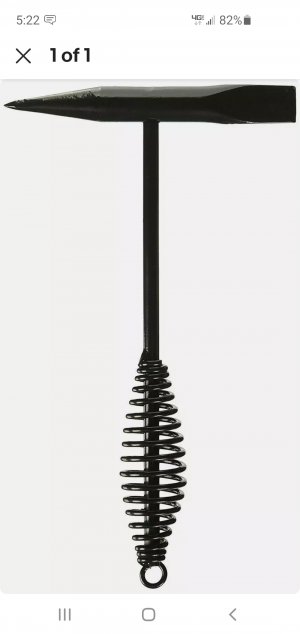- Joined
- May 27, 2016
- Messages
- 3,469
@NortonDommi : OK - so we know that straight AC welding is sparkier, and produces more spatter. By comparison, a DC weld is smoother, and goes on steadier. Yes OK - addition of diode rectifier to a low cost transformer lets you have the choice.
Is there a right polarity? Which end should be positive? Does it not matter, just so long as it's DC?
Is there a right polarity? Which end should be positive? Does it not matter, just so long as it's DC?


